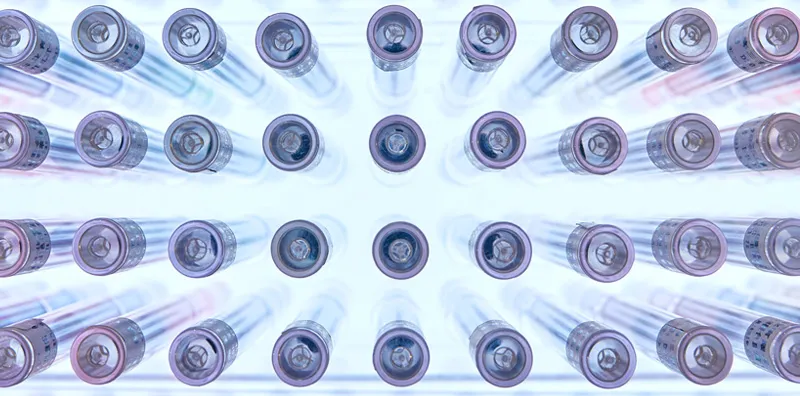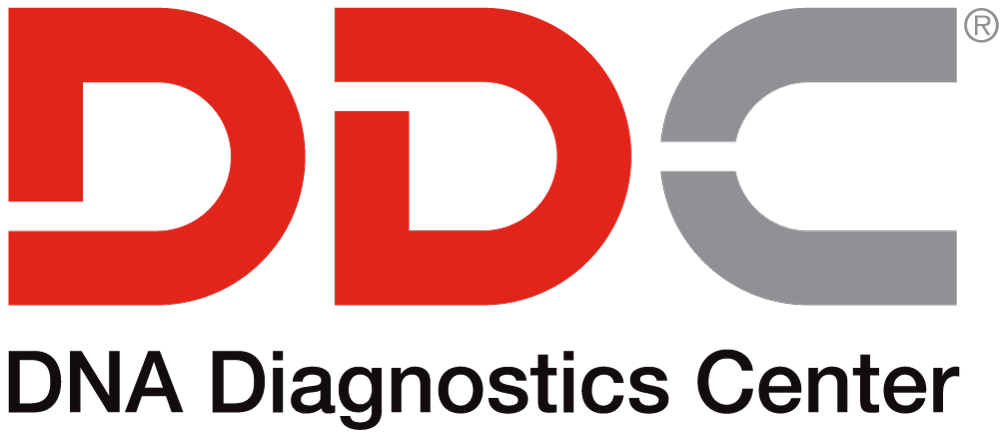MAY 17, 2024
How is Genetic Testing Done?

Genetic testing is a cornerstone of modern healthcare, offering insights into the human genome that were once unimaginable. The uses for genetic testing are ever-expanding, from diagnosing rare disorders to connecting family trees to establishing paternity and other relationships. Here, we will explore the different types of genetic testing, how genetic testing is done, acceptable DNA samples, and more.
The Different Types of Genetic Testing
The most prevalent types of genetic testing include:
Diagnostic Genetic Testing
This type of testing helps identify or confirm suspected genetic conditions based on symptoms or family history. Diagnostic genetic testing involves analyzing DNA to pinpoint specific genetic mutations or variations associated with a condition.
Carrier Testing
Carrier testing determines if an individual carries a genetic mutation that could be passed on to their offspring, even if they do not exhibit any symptoms of the condition themselves. This type of testing is particularly relevant for genetic disorders that follow an autosomal recessive inheritance pattern, where both parents must carry a mutated gene for the disorder to manifest in their children.
Prenatal Genetic Testing
Prenatal genetic testing is performed during pregnancy to identify any potential disorders or congenital disabilities in the fetus. Common prenatal genetic tests include amniocentesis, which involves sampling amniotic fluid, and chorionic villus sampling (CVS), which collects tissue from the placenta for genetic analysis.
Forensic Testing
Genetic testing in forensic applications is instrumental in criminal investigations, identifying perpetrators or victims, and resolving legal disputes. Forensic genetic testing relies on DNA analysis from crime scenes, suspects, and missing persons’ remains to establish or refute biological connections.
Paternity/Relationship Testing
This type of genetic testing is utilized to determine biological relationships between individuals, such as paternity (father-child) or other familial relationships (e.g., siblings, grandparents). It involves comparing genetic markers in DNA samples to assess the likelihood of a biological relationship.
Ancestry Testing
Ancestry testing works by analyzing a DNA sample for specific genetic markers indicative of specific geographic origins. These tests can provide insights into ethnic origins, family history, and migration patterns. Some advanced ancestry tests can even trace ancestral roots to particular towns and villages.
How Does Genetic Testing Work?
As mentioned above, there are many different types of genetic tests, and their operational methods may vary. But a standard genetic test is likely to include steps like:
Step 1: Sample Collection
Genetic tests can be performed using various samples, including hair, saliva, skin/tissue, blood, and amniotic fluid. For example, a paternity DNA test typically requires a cheek swab from the alleged father and child, whereas diagnostic genetic testing often requires a blood sample.
Step 2: DNA Extraction
Once the samples reach the laboratory, the first step is to extract the DNA from the collected material. In the case of a cheek swab, technicians isolate the DNA from the skin cells on the swab. This extracted DNA contains the genetic information necessary for analysis.
Step 3: Polymerase Chain Reaction (PCR)
Scientists often use PCR to analyze specific genetic markers, such as those used in paternity testing or identifying genetic mutations. PCR amplifies targeted regions of DNA, making it easier to detect variations or similarities between multiple samples.
Step 4: Genetic Analysis
After PCR amplification, the DNA undergoes analysis using various methods, such as DNA sequencing or restriction fragment length polymorphism (RFLP) analysis. These techniques allow scientists to examine specific genes or regions of the genome to identify points of interest, variations, or mutations.
Step 5: Interpretation of Results
Once the genetic analysis is complete, the results are interpreted by trained professionals. For paternity tests, this involves comparing the child’s DNA with the alleged father’s to determine the probability of paternity. In carrier testing, this involves identifying specific gene variants associated with inherited conditions.
About DNA Diagnostics Center (DDC)
DNA Diagnostic Center is the world leader in paternity and relationship testing. We serve healthcare professionals, government agencies, and individuals around the world to determine family relationships with trusted accuracy.
More Questions? Don’t hesitate to call us: we’re here to help!
CALL NOW




